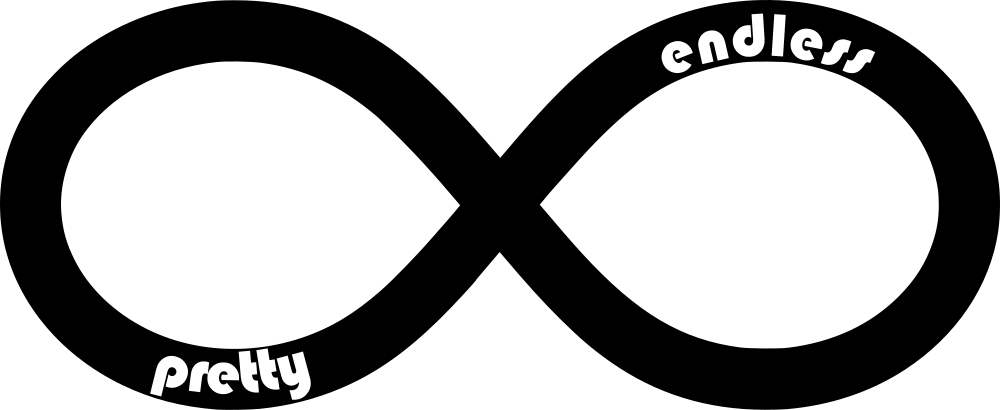The Stem Stitch is a classic hand embroidery stitch that is perfect for creating curved lines and outlines. It is a versatile stitch that can be used in a variety of embroidery projects, from floral designs to lettering. The Stem Stitch is also sometimes referred to as the Outline Stitch. They are very similar, the biggest difference being the position of the working thread when stitching. For Stem Stitch, the working thread stays below the line of stitching while for Outline stitch, the working thread stays above the line of stitching. Both are very suited to make borders and outlines, as well as vines and stems of leaves.
How to do the Stem Stitch/Outline Stitch
- Start the stitch: Bring your needle up through the fabric slightly above the starting point of the guiding line of the stitch. Hold the thread down with your non-dominant hand.
- Stitch forward: Insert the needle back into the fabric one stitch length away (about 1/8 inch or 0.3 cm) slightly below your guiding line of the stitch. Make sure the thread is held down with your non-dominant hand, with some slack on the thread so some thread still remain loose above the fabric.
- Stitch backward: Bring the needle up through the fabric in the middle of the stitch you just made, directly on your guiding line. For Stem Stitch, make sure the working thread stays below the line of stitching to ensure an even stitch. For Outline Stitch, make sure the working thread stays above the line of stitching.
- Repeat: Continue stitching in this way, alternating between steps 2 to 3. Each stitch should slightly overlap the previous stitch, creating a braided effect.
- End the stitch: Once you have completed your desired length of stitching, bring the needle to the back of the fabric and tie off the thread.
Tips
- To make your lines thicker, use a larger number of strands of embroidery floss or thread.
- To make the lines thinner, use a lesser number of strands. Another way is to insert the needle directly on the guiding line for every step instead of going in and out of the fabric slightly above and below your guiding line.
- Experiment between Outline and Stem Stitch when creating curves in your design as some patterns might look better in one stitch over another.
